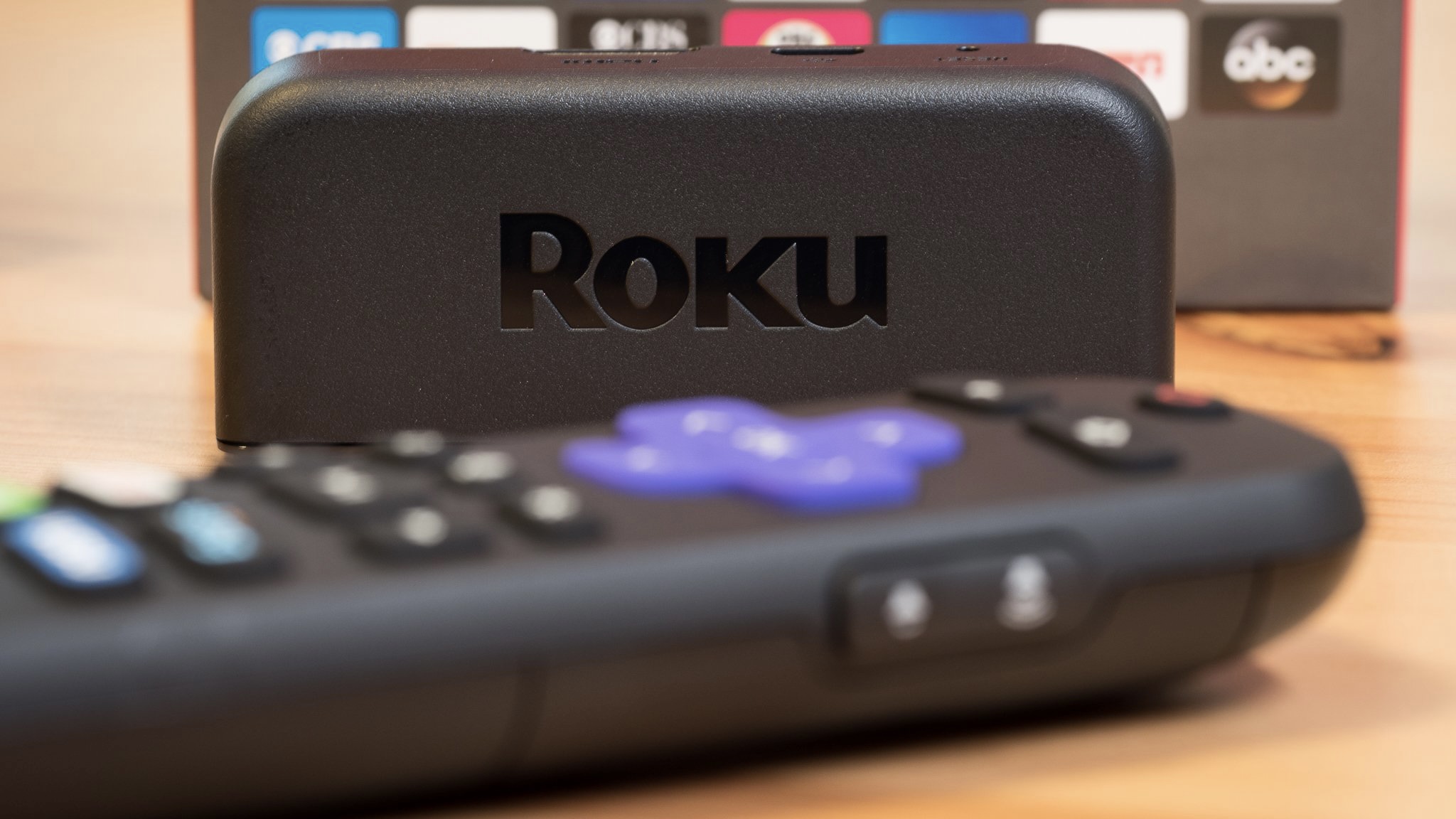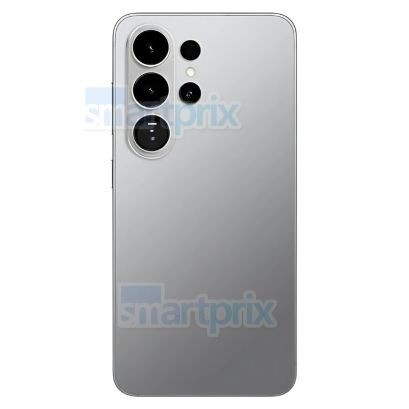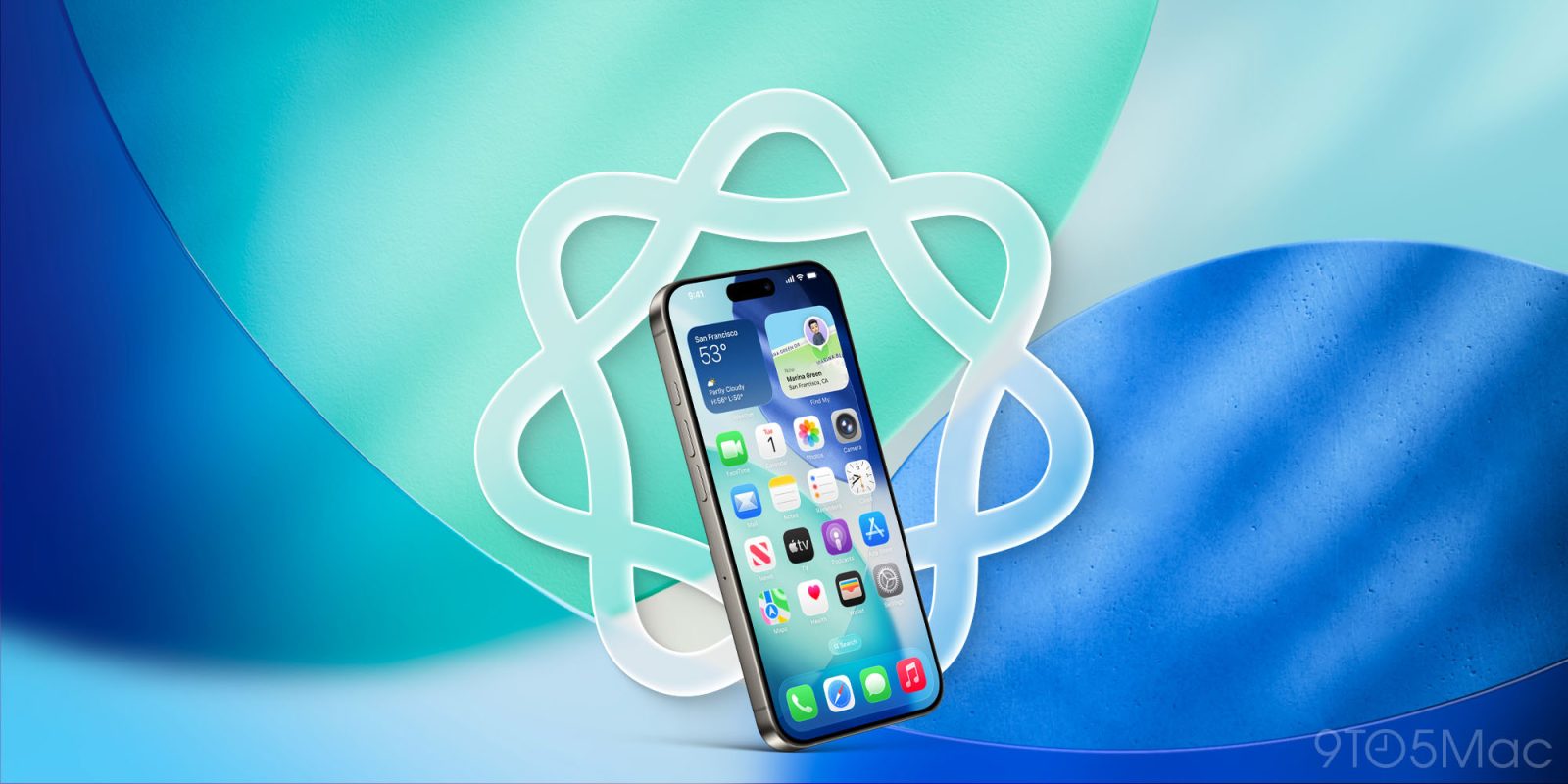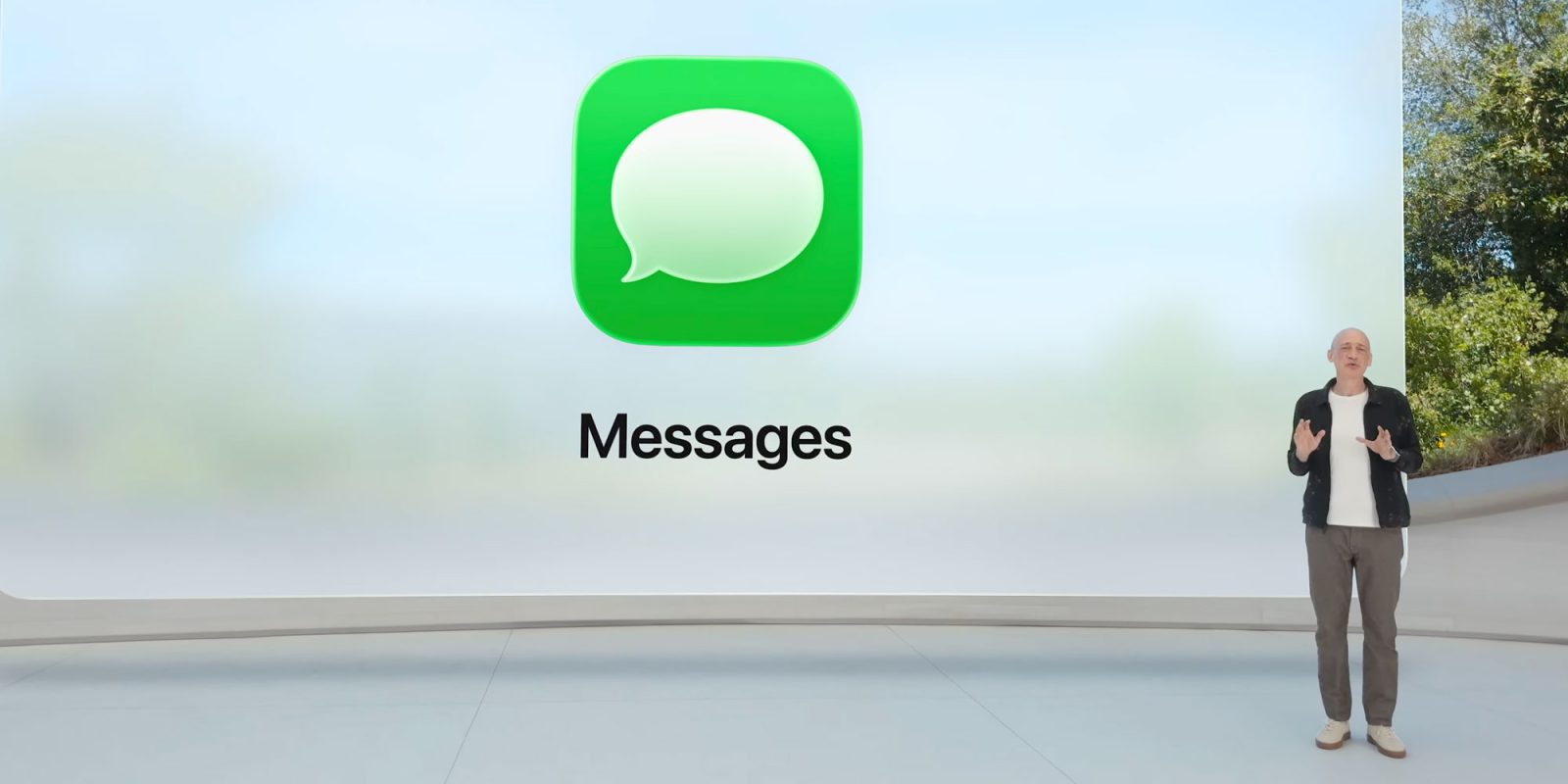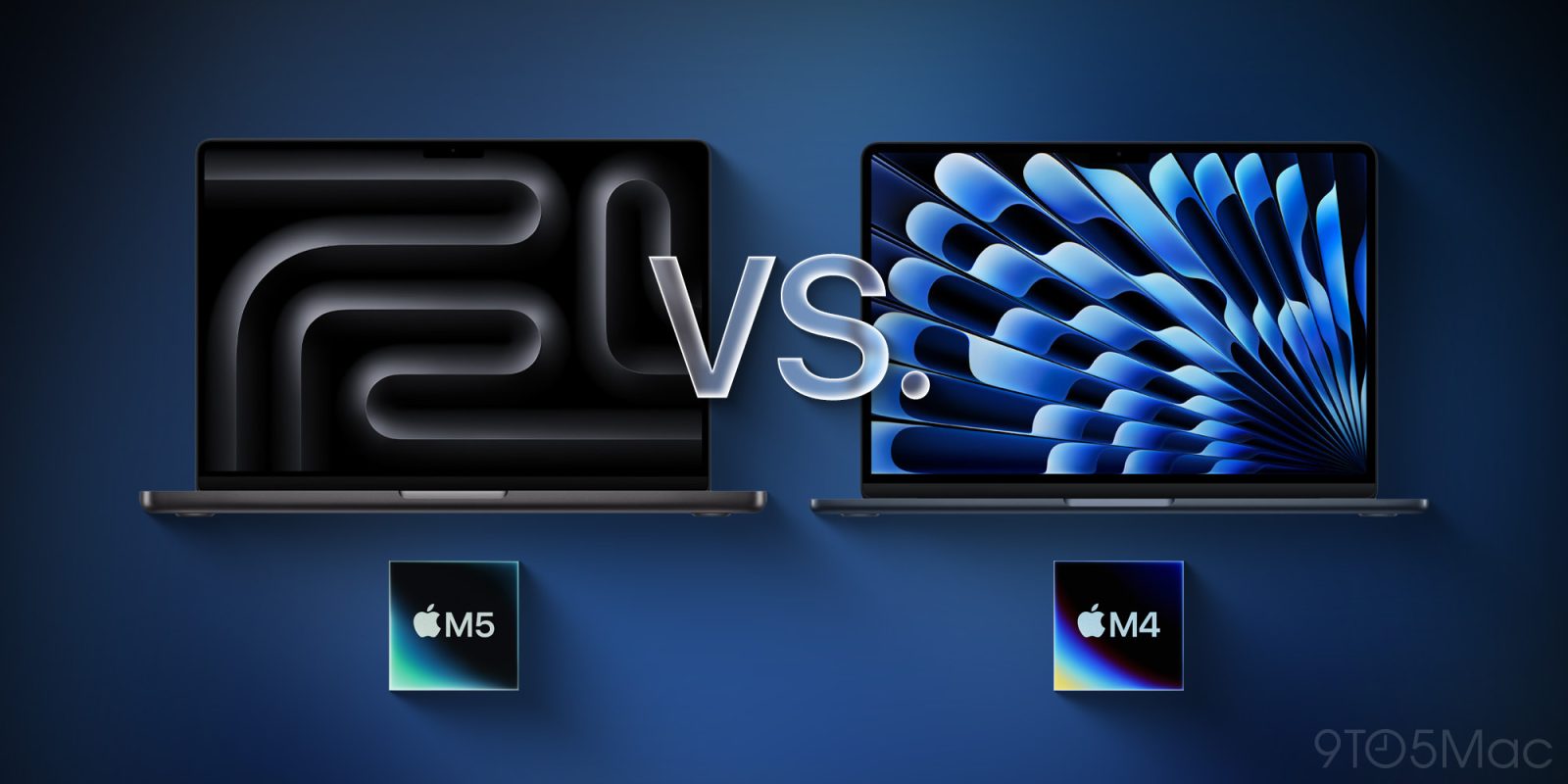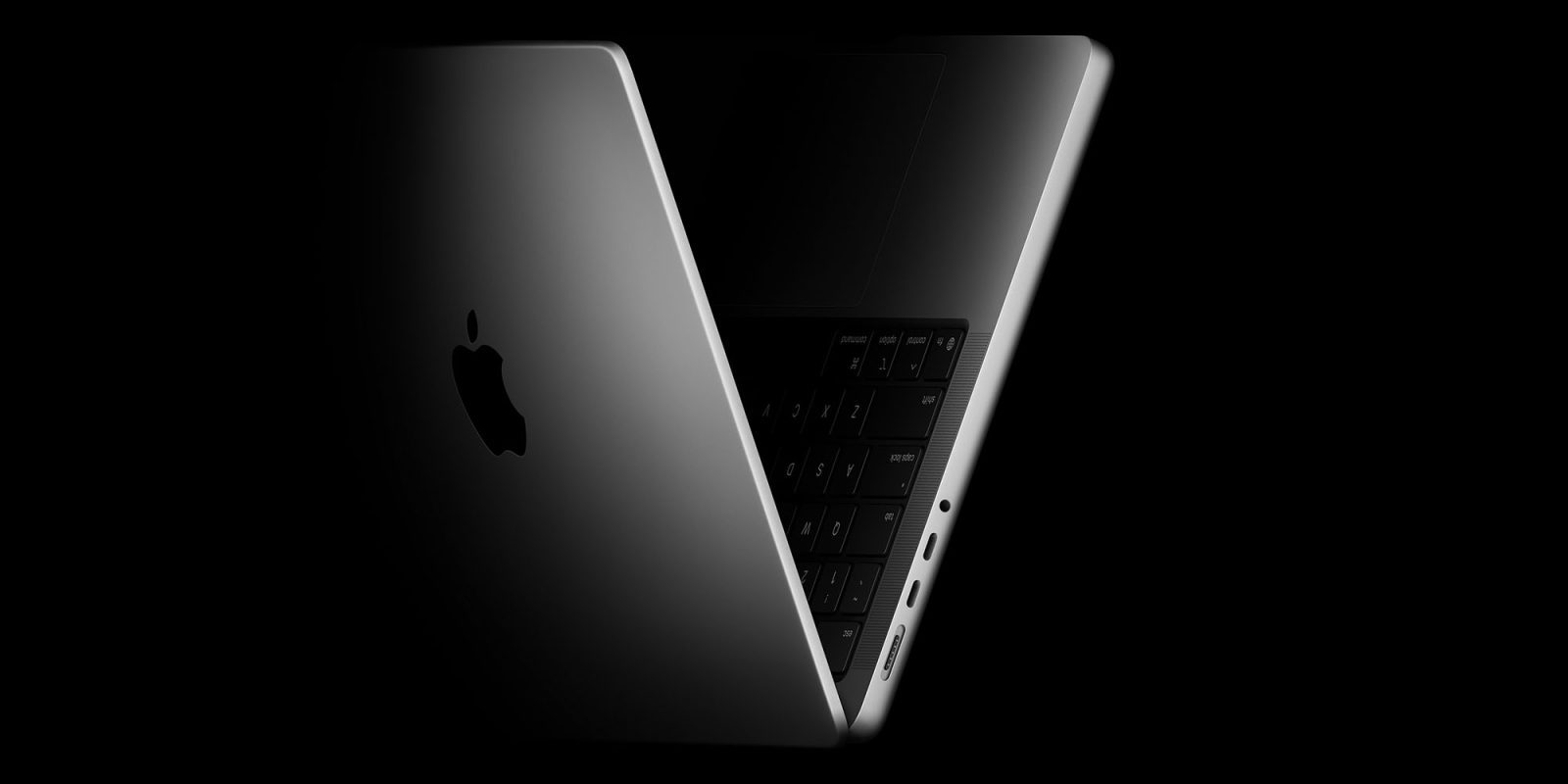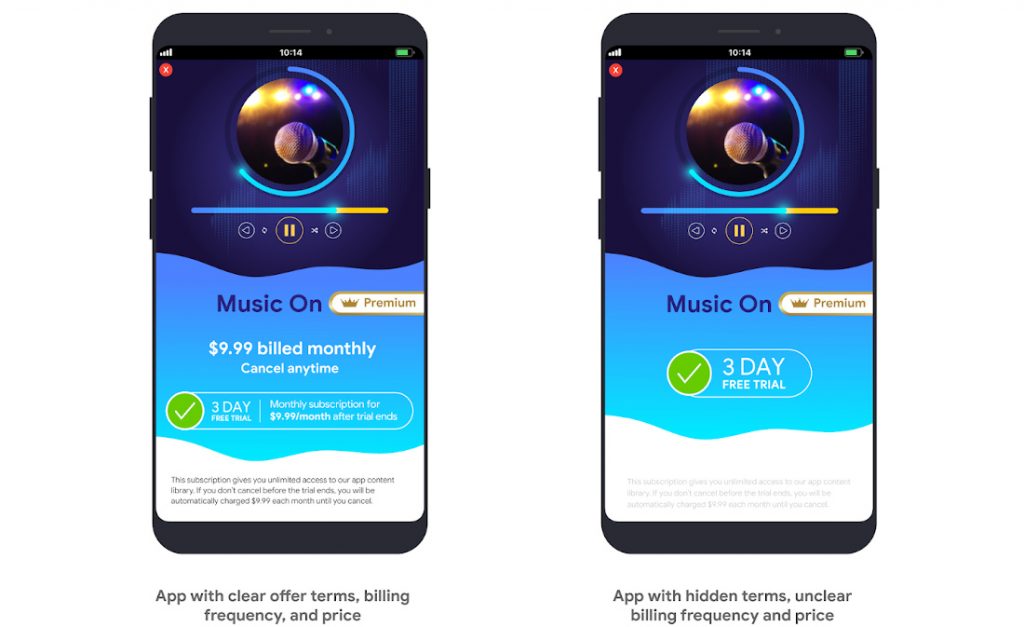Roku Set to Get Significant Software Upgrade Improving Features This Autumn
This autumn, AI will dominate your Roku.
Disclaimer
Read More
Comparison of Samsung Galaxy S26 Ultra and Galaxy S24 Ultra: The Single Feature That Justifies the Upgrade
If you’re continuing with the Galaxy S24 Ultra, the Galaxy S26 Ultra should present numerous incentives for an upgrade.
Samsung consistently impresses with its Ultra series of Galaxy smartphones, and the Galaxy S26 Ultra is poised to be another powerhouse. With an enhanced privacy-driven display, state-of-the-art Qualcomm processor, upgraded cameras (?), and potentially even native Qi2 charging — there’s plenty to look forward to.
Pros:
– Privacy Display feature appears to be promising
– New design is expected to enhance ergonomics
– Long-term support anticipated
– Possibility of native Qi2 charging with integrated magnets
– Will feature Snapdragon 8 Elite Gen 5 SoC
Cons:
– Price increases may occur
– Weight could still pose a concern
It’s astonishing to realize that by January 2026, it will have been nearly two years since Samsung launched the Galaxy S24 Ultra. At its release, it was arguably one of the leading Android smartphones with minimal competition. However, this will soon alter in a matter of months with the launch of the Galaxy S26 Ultra. If you haven’t upgraded to the Galaxy S25 Ultra yet, is it time to exchange your S24 Ultra for the S26 Ultra?
In theory, the Galaxy S26 Ultra is set to provide a significantly more notable enhancement in design and features when compared to the S24 Ultra. Although everything is currently speculative, based on the available rumors and leaks, the Galaxy S26 Ultra appears to be an impressive flagship. Let’s explore all the details we have about the Galaxy S26 Ultra and how it surpasses the S24 Ultra.
Samsung Galaxy S26 Ultra vs. Galaxy S24 Ultra: Design and display
Samsung seems to be gearing up for a substantial design revamp for the Galaxy S26 Ultra, assuming the leaked CAD renders of the new series are accurate. The Ultra is anticipated to align more closely with the standard S26 lineup, featuring even more pronounced rounded corners. This change should enhance ergonomics significantly compared to previous models. The device is also expected to be much thinner, with a thickness of just 7.8mm.
This represents a significant improvement over the Galaxy S24 Ultra’s 8.6mm thickness. While there’s no word on weight, it’s expected to drop into the lower 200-gram range. Overall, you can anticipate a markedly better in-hand feel with the Galaxy S26 Ultra compared to the S24 Ultra.
The Ultra series has consistently featured one of the best displays in any Android smartphone, and that’s set to improve further. Reports indicate that the Galaxy S26 Ultra will retain the slightly larger 6.9-inch display of its precursor, but it will incorporate a new Privacy Display feature. Clues regarding this feature were discovered in a One UI 8.5 teardown, indicating it will be exclusive to the S26 Ultra. This also suggests we’ll see new display technology in the Ultra, possibly the “Flex Magic Pixel” tech Samsung’s display team has developed.
The Samsung Galaxy S24 Ultra will emerge as more distinctive compared to the S26 Ultra, owing to its sharply angled edges. This boxy aesthetic has enabled the Ultra to distinguish itself from other Android flagships over the years. Naturally, this comes at the expense of ergonomics. It’s not the easiest phone to hold due to its substantial size and weight. However, build quality remains exceptional, ensuring that the device lasts long after software updates cease.
The Galaxy S24 Ultra boasts one of the finest displays available in a flagship, a status it still holds today. Nonetheless, it isn’t flawless; certain units in the initial batches reported an issue known as mura, where not every pixel generated the same brightness level, resulting in a grainy appearance. It does feature an anti-glare coating, which significantly enhances visibility when viewing the display under bright sunlight or artificial light sources.
Samsung Galaxy S26 Ultra vs. Galaxy S24 Ultra: Performance and specs
The Samsung Galaxy S26 Ultra will likely utilize a customized version of Qualcomm’s new Snapdragon 8 Gen 5 SoC. This chip promises a 20% increase in both CPU and GPU performance while consuming 20% less power. Improvements have also been made to the neural processor for managing additional on-device AI operations. Other specifications are expected to include 12GB of RAM and up to 512GB of storage, with a 1TB variant and potentially 16GB RAM available in select regions, similar to the S25 Ultra. We may also see a fresh hero colorway for the Ultra, inspired by the iPhone 17 Pro.
As for the launch date of the Galaxy S26 Ultra? Given Samsung’s trend of unveiling new S series models at the beginning of the year in January, we can anticipate the same timeline for the S26 Ultra as well. The phone should be released…
Read MoreSpotify’s AI DJ Now Accepts Requests on Android with Updated Prompt Functions
Spotify has unveiled thrilling enhancements to its AI DJ functionality, boosting the experience for Premium members. The recent update permits users to submit “text requests” for tracks, complementing the current voice request feature. This development enables users to enter their song requests, thus broadening the interaction. Furthermore, Spotify has rolled out “personalized prompt suggestions” tailored to users’ listening habits and preference profiles, delivering customized music experiences.
A key feature of this update is the addition of support for the Spanish language. Spanish-speaking users can now engage with the AI DJ via both voice and text in their own language. This update addresses a long-standing demand from the user community and is being launched for Premium users across more than 60 markets, including the U.S.
Spotify’s AI DJ was first introduced a few years back, allowing for voice-based song requests. Users could request the DJ to play particular tracks, artists, or even music aligned with their mood or genre. With the introduction of the text request function, Spotify seeks to enhance the accessibility and personalization of the DJ.
Beyond these updates, Spotify has recently introduced its “Lossless Listening” feature for Premium subscribers, improving audio fidelity for a richer listening experience. This feature can be utilized for private playlists, liked songs, DJ sessions, and more.
In summary, Spotify remains committed to innovating and refining its platform, providing users with increasingly personalized and high-quality music experiences.
Read MoreApple Intelligence Unveils More Than 20 Newly Added Features in iOS 26: Full List Accessible
# New Apple Intelligence Capabilities Now in iOS 26
While Apple Intelligence may not yet present the significant Siri enhancements that were anticipated, a plethora of additional features has just been introduced in iOS 26. Here’s everything you need to know.
In iOS 18, Apple Intelligence featured slightly over 20 functionalities. However, iOS 26 brings forth an additional 20+ features and enhancements—all within a single software update.
Here’s the comprehensive list of new AI functionalities divided into four categories:
## Communication
Communication takes center stage with Apple Intelligence in iOS 26, offering enhancements to the Messages, FaceTime, and Phone applications.
## Expanding into More Applications and Languages
Apple has broadened the scope of Apple Intelligence to include new system and third-party applications in iOS 26, along with additional supported languages.
– **Apple Maps Enhanced Search**: Improved, more efficient search capabilities in Maps thanks to AI.
– **Shortcuts AI Actions**: Utilize actions that leverage Apple’s AI models, Writing Tools, or image generation features.
– **Auto-Categorizing Reminders**: Effortlessly convert a messy list into a well-organized and categorized one.
– **Reminders Suggestions**: Generate new reminders based on information from emails, websites, or notes.
– **Apple Wallet Order Tracking**: AI will extract order tracking details directly from your email inbox, including Amazon orders.
– **AI Models for Third-Party Applications**: Applications can utilize Apple’s Foundation Models to implement new AI functionalities.
– **New Supported Languages**: Danish, Dutch, Norwegian, Portuguese (Portugal), Swedish, Turkish, Chinese (traditional), and Vietnamese.
## Image Creation Enhancements
Apple’s Genmoji and Image Playground features have received several improvements in iOS 26.
## Miscellaneous
Completing Apple Intelligence’s iOS 26 update, there’s a new battery mode, significant visual intelligence updates, and expanded notification summaries.
Additionally, Apple has numerous watchOS 26 Apple Intelligence features that necessitate iOS 26 to operate the AI models, potentially qualifying them as iOS features as well.
## iPhone Compatibility for Apple Intelligence in iOS 26
When Apple Intelligence was launched last year, it supported a limited number of very recent iPhone models.
There’s some good news and bad news regarding iOS 26:
– The good news is, if your iPhone supported last year’s AI capabilities, all of Apple Intelligence’s new features will function as well.
– The bad news is, Apple has not extended AI support to any earlier devices.
This means you will require an iPhone 15 Pro or Pro Max, or any iPhone 16, iPhone 17, or iPhone Air model to access the new features.
Which new Apple Intelligence capabilities in iOS 26 do you enjoy the most? Share your thoughts in the comments.
Read MoreApple Unveils Fix for Ongoing ‘Not Delivered’ iMessage Problem
Apple has recently revised a support document that deals with frequent problems users might face with iMessages, specifically the “Not Delivered” notification, messages showing as SMS/RCS in green bubbles, or messages sent from an email address instead of a phone number.
As stated by Apple, these problems can occur if users fail to activate their eSIM during the initial setup of a new iPhone running iOS 26. When users choose to configure their eSIM later through the Settings app, iMessage does not activate automatically, which can lead to potential messaging difficulties.
To fix this, Apple advises users to manually activate iMessage after setting up their eSIM. The following steps outline the process:
1. Launch the Settings app and tap on Apps.
2. Choose Messages.
3. Switch iMessage off and then back on.
This advice is especially pertinent for users who bypass the eSIM setup during the initial configuration of their new iPhone, as well as for those who change carriers and set up a new eSIM later on.
This isn’t the first iMessage-related issue reported since the launch of iOS 26. Earlier this month, Apple addressed another situation affecting users who were unable to activate iMessage with their phone numbers, providing further troubleshooting steps.
Users encountering difficulties with iMessage since updating to iOS 26 or acquiring a new iPhone are encouraged to follow the mentioned steps to ensure proper activation and functionality.
Read MoreSteve Jobs to Be Honored on the 2026 American Innovation $1 Coin
The US Mint has declared that Steve Jobs, Apple’s co-founder, will appear on one of the coins in the forthcoming American Innovation $1 Coin Program for 2026. This program, which started in 2018, is designed to honor American innovation by releasing $1 coins that symbolize significant contributions from individuals or groups throughout the United States, encompassing all 50 states, the District of Columbia, and five U.S. territories.
In earlier years, the initiative has recognized remarkable inventions and personalities, including the lightbulb from New Jersey, the Hubble Space Telescope from Maryland, and George Washington Carver from Missouri. For 2026, the Mint has unveiled four new designs, with Jobs representing California.
The coin depicting Steve Jobs was crafted by Elana Hagler and sculpted by Phebe Hemphill. The design features a young Jobs in a contemplative stance against the backdrop of northern California’s oak-dotted rolling hills, symbolizing how his surroundings shaped his vision to create complex technology that is more intuitive and accessible. The inscriptions on the coin encompass “UNITED STATES OF AMERICA,” “CALIFORNIA,” “STEVE JOBS,” and the phrase “MAKE SOMETHING WONDERFUL.”
Besides Steve Jobs, the other coins in the 2026 collection will pay tribute to Dr. Norman Borlaug from Iowa, the Cray-1 Supercomputer from Wisconsin, and mobile refrigeration from Minnesota.
For further details regarding the American Innovation $1 Coin Program, you can visit the US Mint’s official website.
Read MoreComparison between M5 MacBook Pro and M4 MacBook Air: Assessing the Top Entry-Level Mac Acquisition
**Apple Reveals New 14-Inch MacBook Pro Featuring M5 Chip: An In-Depth Review**
Today, Apple launched its newest entry-level 14-inch MacBook Pro, equipped with the M5 chip, retailing at $1599. This version comes in close proximity to the MacBook Air, particularly when similarly equipped. As the MacBook Air is released with older Apple Silicon, those considering a purchase might question its ongoing relevance.
### M5 vs M4 Chip
For many, the chip choice is paramount. The M5 chip presents numerous upgrades over the M4:
– **15% improved multithreaded CPU capabilities**
– **45% enhanced GPU performance**
– **30% boost in unified memory bandwidth**
– **4x peak GPU compute capability for AI**
These upgrades signify a notable advancement in GPU performance, which could be vital as Apple emphasizes local AI systems. Nevertheless, the M4 chip still provides sufficient performance for typical users, and selections shouldn’t be based exclusively on impending AI advancements.
### Air vs Pro: Is the Extra Cost Justified?
The 14-inch MacBook Pro brings forth various benefits over the MacBook Air, justifying its elevated price. Key advantages include:
– **Extra Ports**: The MacBook Pro offers three Thunderbolt/USB-C ports, an HDMI port, and an SD card slot, while the Air has only two Thunderbolt/USB-C ports.
– **Cooling Mechanism**: The Pro is equipped with an active cooling system, vital for demanding CPU/GPU operations, whereas the Air depends on passive cooling that may result in thermal throttling under sustained heavy use.
– **Display Excellence**: The MacBook Pro’s miniLED display accommodates HDR content, providing superior color fidelity and brightness (1000 nits) compared to the Air’s conventional display (500 nits).
### Conclusion
Generally, the price disparity between the MacBook Air and MacBook Pro is approximately $400 when similarly configured. The Air begins at $1199 with 256GB of storage, while the Pro comes with 512GB. Considering this price difference, potential purchasers should deliberate their choices thoroughly.
While the new 14-inch MacBook Pro is attractive, it may be prudent to hold off for potential deals, as new MacBooks frequently experience price drops soon after launch. The M4 MacBook Air is often discounted, with current deals making it substantially less expensive than the new Pro variant.
Ultimately, the choice should depend on whether the user requires the Pro’s superior thermal management, display quality, or extra ports instead of merely the M5 chip’s features.
Read MoreEU Regulations Do Not Prevent Apple from Bundling a Charger with the M5 MacBook Pro
### The Latest M5 14-Inch MacBook Pro: Unpacking the Charger Debate
The recent launch of the new M5 14-inch MacBook Pro has ignited significant dialogue and misunderstanding, especially regarding its packaging in the UK and EU. Notably, the gadget does not come with a power adapter included, prompting many to assume this choice is driven by European Union regulations. Nevertheless, the situation is more intricate.
#### What EU Regulations Indicate and Their Implications
The European Union has taken a proactive stance on tackling the escalating problem of electronic waste (e-waste). Two central issues led to this emphasis, motivating the EU to introduce fresh regulations.
1. **Variety of Charging Standards**: Traditionally, several manufacturers have employed different charging port standards for their devices, such as MicroUSB, MiniUSB, USB-C, and coaxial connectors. This lack of uniformity meant that consumers frequently ended up with obsolete chargers when upgrading their devices.
2. **Excessive Charging Adapters**: Numerous consumers gather multiple chargers over time, contributing to waste. To address this, the EU’s **Common Charger Directive** requires that new devices standardize on USB-C charging ports. Furthermore, manufacturers must provide consumers the option to acquire devices with or without a charger, thus minimizing unnecessary waste.
#### Implications for Apple
It is essential to clarify what the EU regulations do not dictate:
– **Support for Multiple Charging Standards**: The regulations do not prohibit companies from adopting more than one charging standard. It merely mandates that devices must be chargeable using USB-C. This latitude allows Apple to provide the MacBook Pro with both MagSafe and USB-C charging options.
– **Provision of Chargers**: The regulations do not forbid companies from including chargers at no additional cost. Instead, they stress that consumers should have the choice. Apple’s decision to omit the charger from the MacBook Pro packaging is a tactical approach to sidestep the challenges of manufacturing two versions of the product in Europe.
Apple could readily provide customers the option to add a charger to their purchase. The decision to charge for the charger is a business choice rather than a legal obligation.
#### Summary
The absence of a power adapter in the new M5 14-inch MacBook Pro is not a direct consequence of EU law disallowing such items, but rather a manifestation of Apple’s strategy to conform with the EU’s emphasis on minimizing e-waste. As consumers become increasingly environmentally aware, the option regarding the inclusion of a charger may be well-received, fostering a more sustainable approach to technology usage.
Read MoreDylan O’Brien’s Beloved Sci-Fi Film Trilogy Tops Netflix’s Leading Rankings
licensed by platforms such as Netflix now represent approximately two-thirds of the revenue generated from films.
Take for instance: The “Maze Runner” film trilogy, which, as of October 15, is occupying three positions on Netflix’s daily Top 10 movies list in the United States. Directed by Wes Ball, the trilogy consists of “The Maze Runner” (2014), “Maze Runner: The Scorch Trials” (2015), and “Maze Runner: The Death Cure” (2018), currently ranked at 5, 6, and 7 respectively on Netflix’s Top 10. Quite impressive for a franchise that’s over ten years old at this stage.
Maze Runner films are popular on Netflix
Google Improves Connections Between Leading Android Applications
install on my new Android devices: Google Keep and Google Tasks. Keep is an extremely straightforward yet highly efficient note-taking application, whereas Tasks allows me to manage my to-do lists efficiently. Even though both apps bear the Google branding, their integration has not always been seamless. Fortunately, that is now changing.
Google first unveiled these updates in April of 2024. However, it has taken a little while for them to officially begin their rollout. The positive news is that Google has announced it will be expediting the rollout as part of its Rapid Release strategy, with the extended rollout expected to take no longer than 15 days from October 13.
Regarding what the updates entail, Google indicates that Google Keep and Google Tasks will now interact much more efficiently, enabling any reminders in Keep to show up in Google Tasks as well as within Google Calendar. This is a significant advantage for users of both applications, granting them the facility to effortlessly handle reminders and tasks in both without having to switch back and forth.
